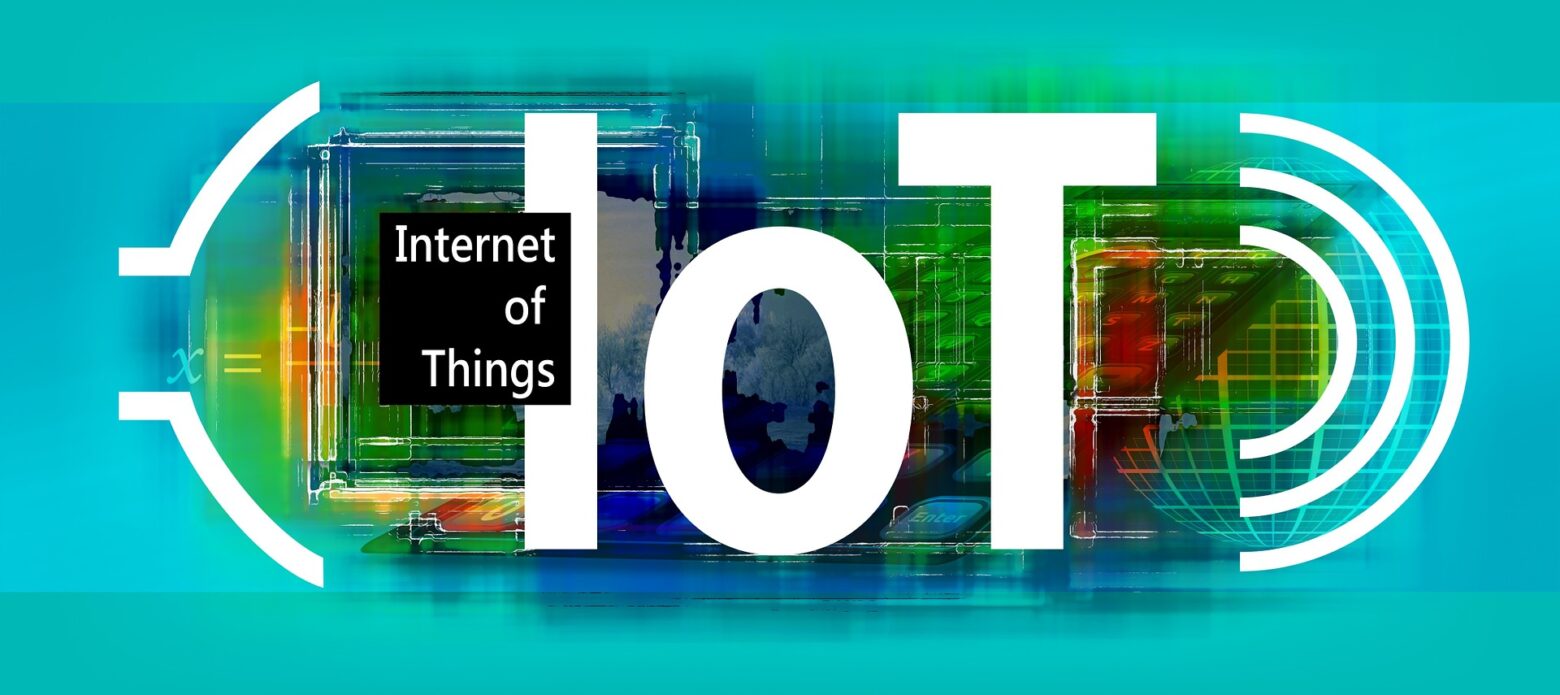What exactly is the Internet of Things (IoT)?
The Internet of Things simply refers to billions of devices around the globe that are connected to the internet and all of them collect and share data. Advancements in wireless networks and cheap computer chips have made it possible to turn something as small as an insect and something as big as a ship into part of the internet of things. The Internet of things is a giant network of people and devices all of which share data on how they are used and the environment around them.
IoT includes a wide variety of things from smart microwaves that cook without supervision to self-driving cars with complete sensors that can detect objects around them. However, it is important to note that IoT does not include devices such as servers and computers. Examples of IoT include things like thermostats, refrigerators, webcams, home security systems, printers, webcams, routers, smart watches, smart speakers, and more.
How does IoT works?
IoT works via objects and devices with built-in sensors that have been connected to the internet and share crucial data to a platform that uses analytics and also shares data with other platforms designed to address certain needs. IoT platforms can easily detect important data and those that are not. As a result, they can detect patterns and find problems before they occur, and make recommendations. This is important because it helps to make processes more streamlined and efficient. It also automates tasks, particularly those that are time-consuming, repetitive, or dangerous.
Benefits of IoT
Now that you know what the internet of things is, you might be wondering what its benefits are in today’s world. IoT is used for a wide range of applications including manufacturing, home security system, transportation, and much more. In this section, we will discuss the benefits of IoT.
It helps to improve productivity
One of the main benefits of the internet of things is that it helps to increase productivity by handling mundane tasks. It also helps to reduce human capital, especially on repetitive tasks that don’t require out-of-the-box thinking. Reducing the number of workers can help reduce costs and improve productivity.
It helps to improve work safety
Another benefit of IoT is that it helps to improve work safety. The information that these devices collect can help manufacturers improve work safety by building better devices that are safer and more efficient. They also help to reduce the chance of human error which could be fatal. Additionally, IoT devices such as surveillance cameras and other monitoring devices can be used to enhance safety.
They provide better business opportunities
Companies that utilize IoT solutions can offer a wide range of products and services to customers. The quality of their products is also great and their price is also very competitive. As a result, they can attract more customers and make more sales compared to those that don’t use IoT solutions. The use of IoT solutions can make a company more competitive and attractive to potential customers.










